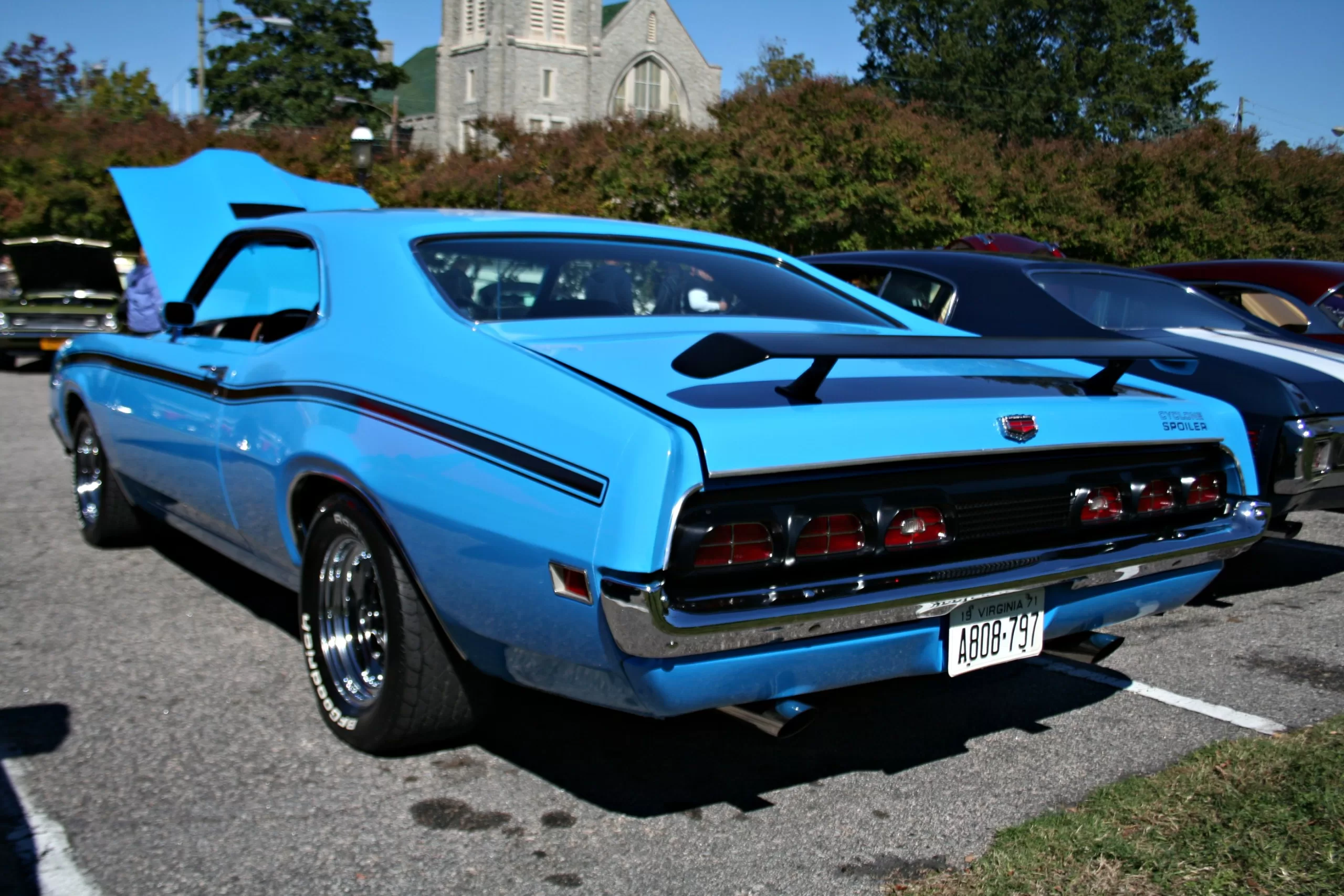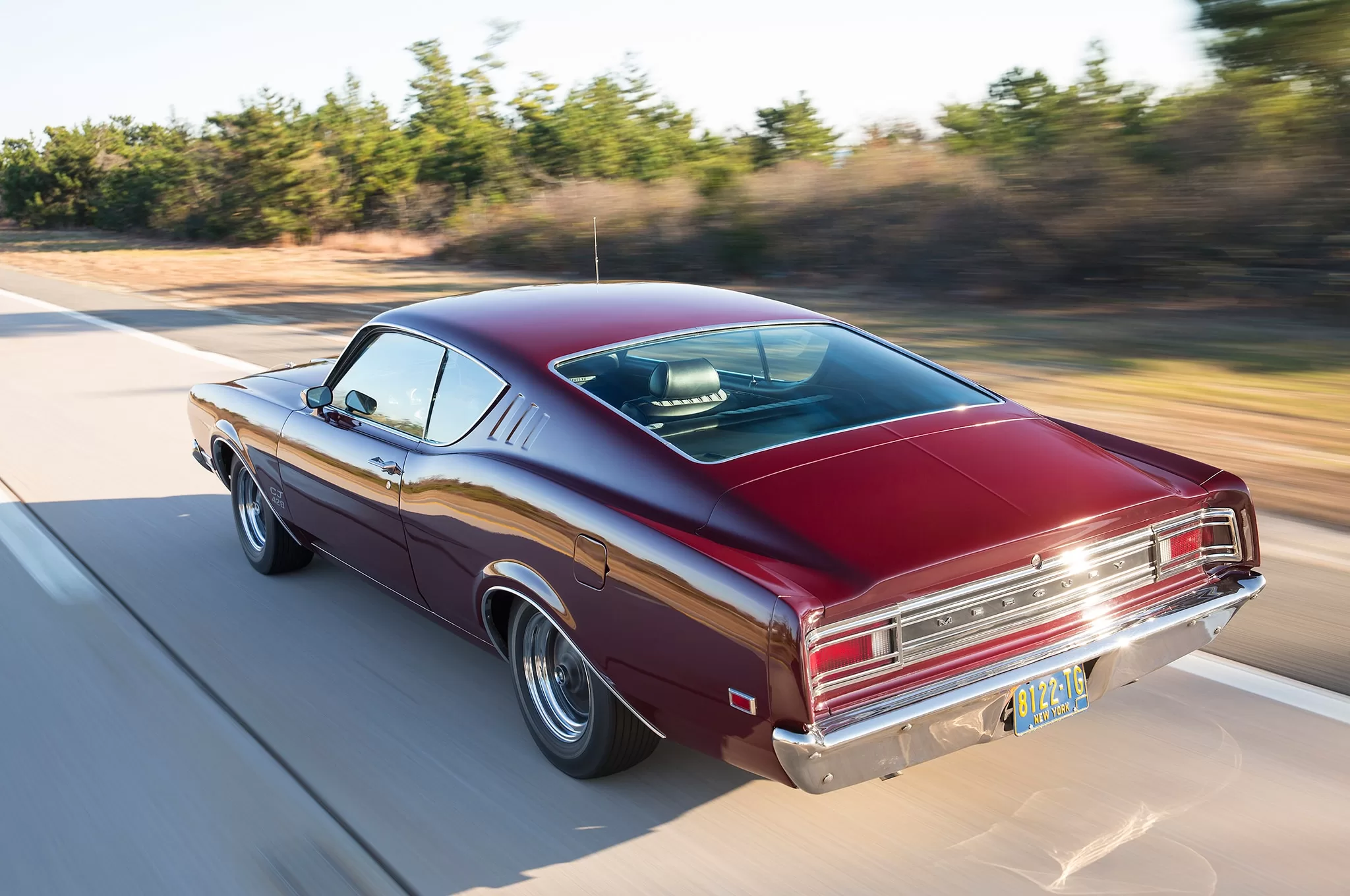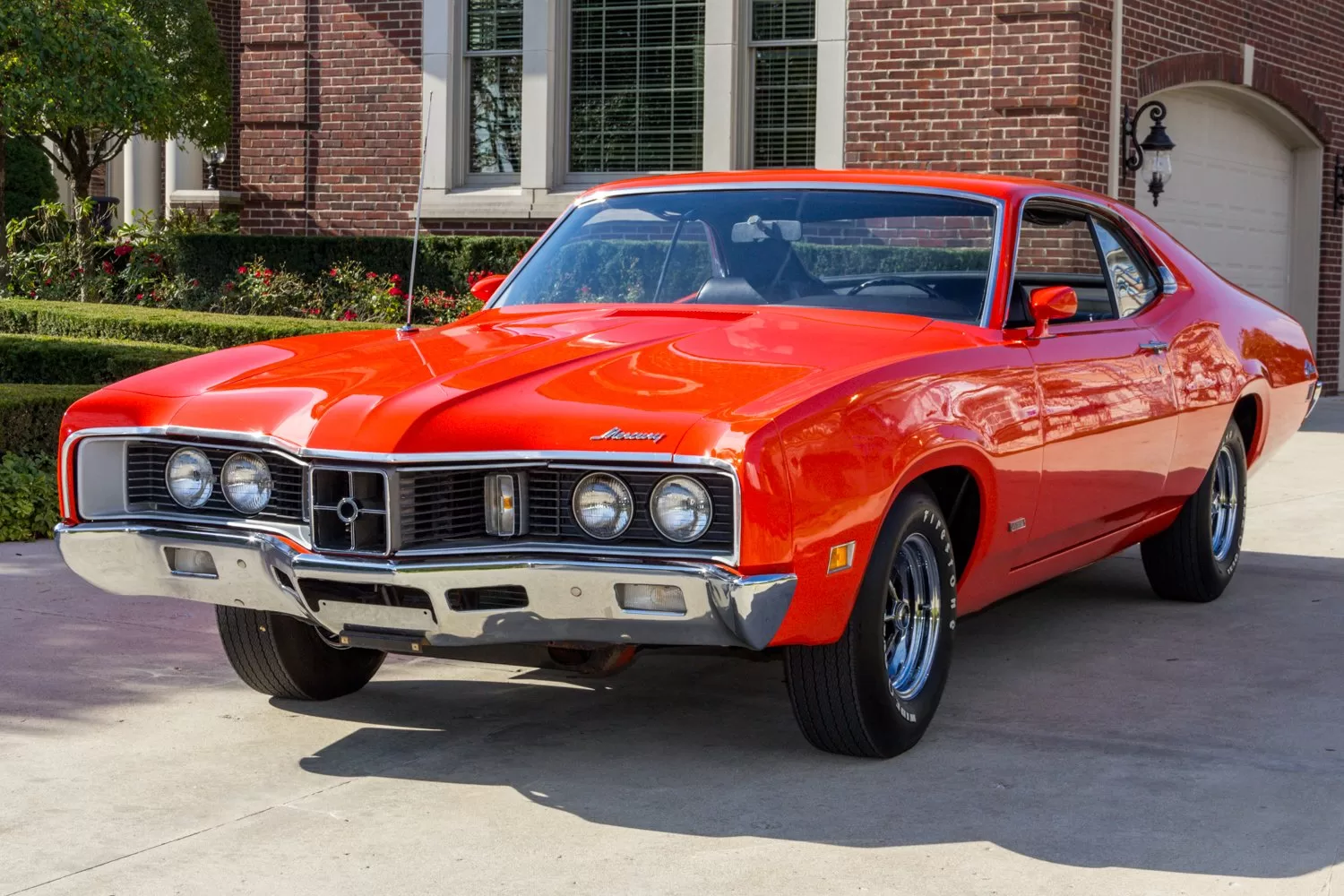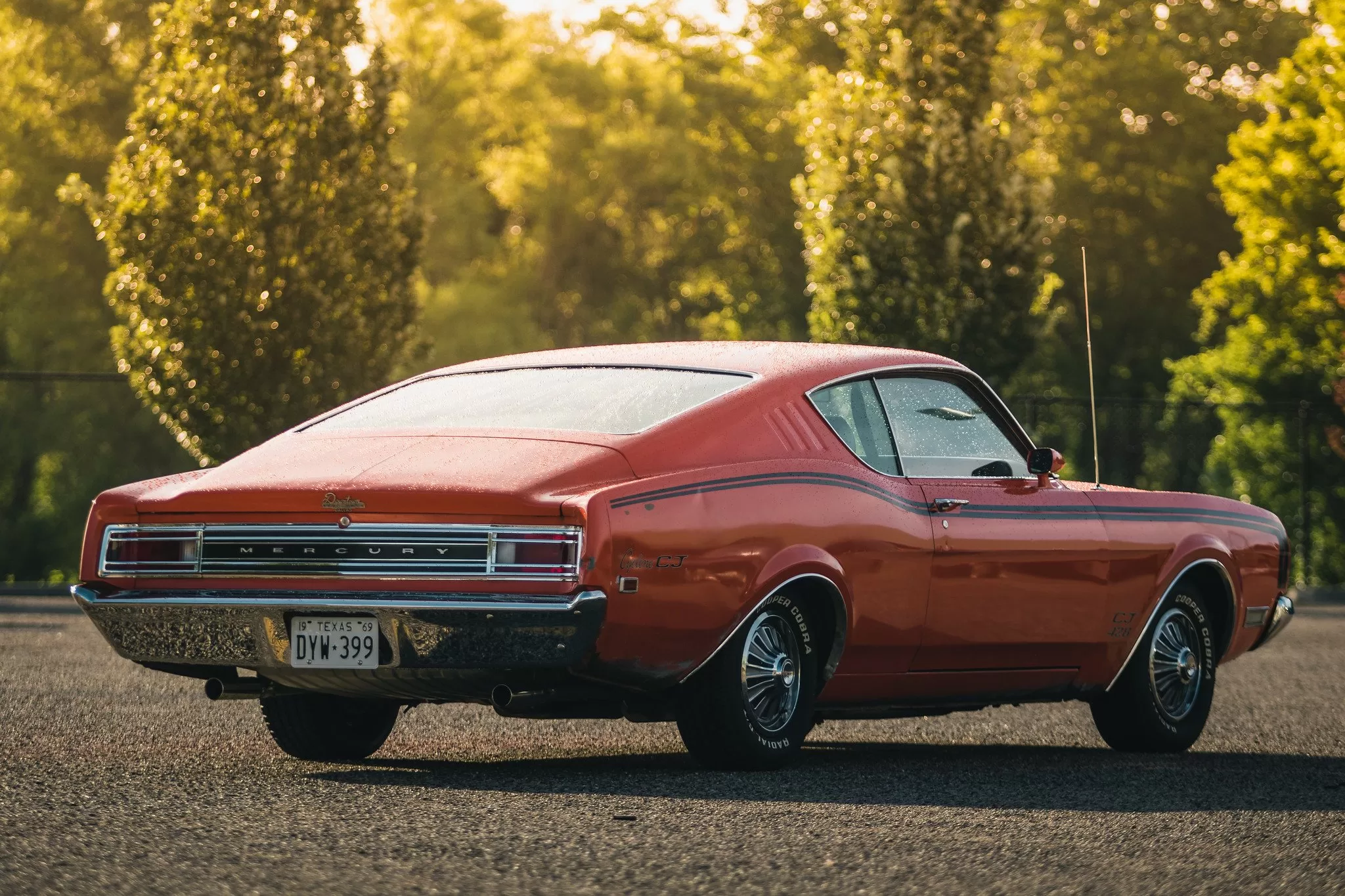Mercury Cyclone – The Muscle Car From Mercury’s Heyday
The Mercury Cyclone represents the brand’s glory years producing bold American muscle cars in the 1960s and 1970s. As Ford’s upmarket badge, Mercury gained more expressive styling and increased performance to differentiate its offerings. The Cyclone coupes and convertibles delivered standout styling, potent V8s, and competitive power for the era’s factory drag racing wars. Today, the Cyclone exemplifies Mercury at its peak. 
Sporty Coupe Evolves Into Muscle Machine
The Cyclone started in 1964 as a performance package on Mercury’s Comet compact coupe, focusing on suspension and braking upgrades. As competition among brands heated up, Mercury repositioned the Cyclone in 1967 as a bigger, more aggressive muscle machine. Styling became more exaggerated with a forward-thrusting grille, stacked headlights, and a fastback roofline. Under the hood, big block V8s up to 390 CI fed the Cyclone’s straight-line speed.
Mercury Cyclone Striking High-Impact Design
Mercury’s designers pulled out the stops for the second-gen Cyclone, applying bold visuals from Mercury’s performance parts catalog for a show-car look. The signature electric shaver grille exaggerated its wide, low stance. Integrated spoilers fore and aft, simulated vents, and chrome accents supplied racetrack flair. A rear window slat blackout panel recalled Mercury’s aeronautical history. Inside, cockpit styling and a sleek wood-rimmed steering wheel enhanced the high-performance theme. The vivid Cyclone styling matched its potency.
Potent Powerplant Options
A range of engine options let buyers customize the Cyclone’s ferocity. The 335hp 390 CI V8 offered stout performance, hitting 60mph in just 6.5 seconds. At the top, the 428 CI Cobra Jet V8 pumped out an underrated 335hp, propelling the Cyclone from 0-60 in a stunning 5.5 seconds. For all-out power, the Drag Pack option added Detroit Locker rear axle, beefed up suspension, and strip-ready 4.30:1 rear gears. The Cyclone delivered intensely quick straight-line speed when optioned up.
Built for the Drag Strip
That acceleration prowess earned the Cyclone cachet at the drag strip. Specialty models like the Cyclone CJ and Spoiler further optimized drag racing performance with trick 429 V8s putting down well over 350hp. Race-grade parts like competition heads, solid lifters and giant Holley carburetors extracted maximum power. Mammoth rear tires transferred it aggressively to the pavement. The Cyclone lineup became a anchor for Ford’s factory racing efforts among pony cars and intermediates.
Roomier and More Comfortable Alternative
While a terror in the quarter mile, the Cyclone retained a refined temperament for the street. The longer wheelbase supplied a roomier interior than compact pony cars. Plusher suspension tuning delivered a compliant highway ride. The interior featured plush bucket seats and full gauges. Owners could enjoy street performance without the compromises of a stripped-down racer. Mercury gave buyers a more well-rounded muscle car alternative to complement the Cyclone’s potent dragstrip abilities.
Mercury Cyclone A Standout from a Forgotten Brand
As consumer interest waned following the muscle car era, Mercury slowly lost its identity within Ford and declined in significance. The Cyclone was retired in 1971 along with Mercury’s performance aspirations. But for a brief shining moment in the late 1960s, Mercury produced competitive and visually arresting muscle machines like the Cyclone. Today it represents Mercury’s glory years before the brand faded away in 2011. The Cyclone exemplifies a unique chapter of Ford’s performance legacy.





